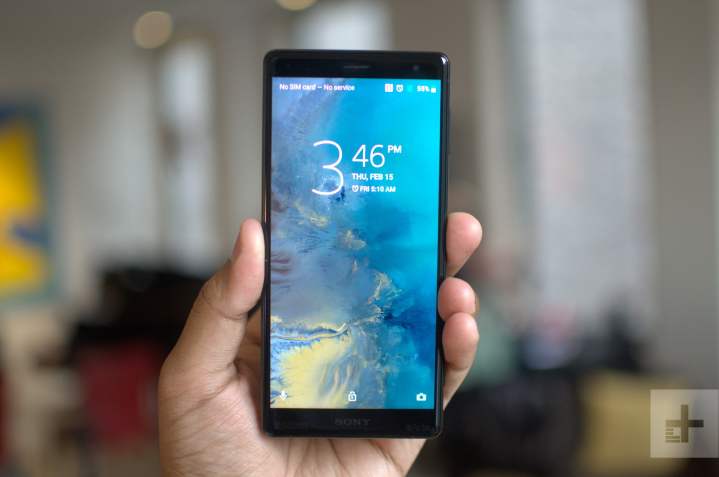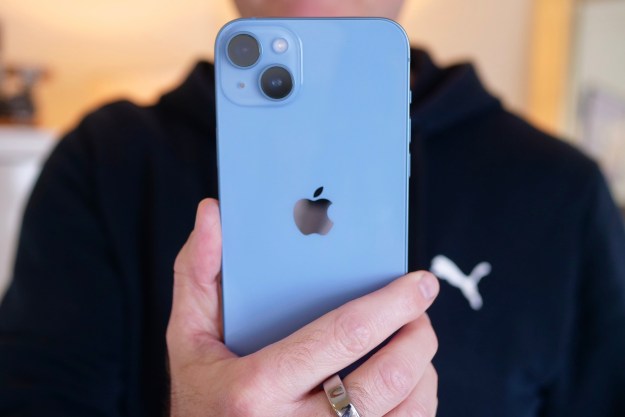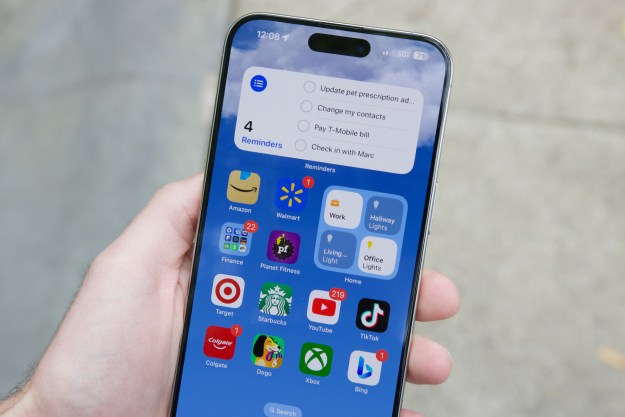The first flagship phones of 2018 are already hitting store shelves, and there seems to be a pattern. Many of the devices are utilizing the Qualcomm Snapdragon 845 processor, for instance, a chipset first released in December and one we’ve been excited about ever since its debut. It’s only been a little while since the highly anticipated chipset was first introduced, yet all the major players in the mobile space are already releasing flagship phones that feature the aforementioned processor.
What does this mean, exactly? Well, it means we’re getting a look at what kind of features are going to dominate the

No surprises here: Each device is going to be more powerful. The new chipset is 30-percent more powerful in terms of CPU and GPU processing speeds, and consumes 30 percent less energy than the chip found in many of the flagships of 2017.
Faster performance and longer battery life are only the tip of the iceberg, though. Another feature we hope finds its way to all forthcoming flagships is 10-bit

Another feature we’re going to be seeing a lot of is super slow motion. The Sony XZ2 and the Samsung Galaxy S9/S9 Plus will benefit from 960 frames per second, short-burst slo-mo, while others devices will make use of prolonged high frame rates of 240 fps. Needless to say, you can expect your social feeds to feature far more epic shots of people throwing things in the air.
Combined with the cameras on these devices come a bunch of A.I. and depth-sensing technology, thanks largely to the inclusion of the Snapdragon 845 processor. Many of the flagships moving forward will feature real -time AR, allowing for things like augmented reality emojis, which you can use to create real-time animated videos using your facial expressions. The Sony XZ2 also has 3D Creator, which lets you scan your face and other objects to create a 3D model directly on your
The last thing worth mentioning about the cameras on forthcoming phones is that they’ll allow you to put AR objects in your world with greater ease. We’ve seen this with iPhones and plenty of devices equipped with last-gen processors, but this new generation of processors leads to a greater level of precision and better performance overall. There aren’t many good use cases for AR (yet), but it’s still great to see how quickly the technology is improving.

On the audio side, both high-res audio and high-res audio over Bluetooth are becoming the industry standard. If you’re not familiar with high-res audio, it’s essentially a branding term that refers to audio that surpasses CDs in terms of quality. Many 845-based devices, notably the Sony XZ2 and Asus 5Z, use the Qualcomm acoustic codec (DAC), which can deliver high-fidelity audio at higher bit rates.
In terms of Bluetooth, the prevalent tech for high-res audio is furnished by Qualcomm’s Aqstic HD, which allows 24-bit audio to be streamed via Bluetooth to a compatible headset. Basically, all the devices recently announced at Mobile World Congress and those going forward that utilize the 845 processor will be able to take advantage of these audio features. That said, make sure you stock up on 3.5-millimeter-to-USB-C adapters because the headphone jack is quickly becoming an endangered species.
Thanks to the aforementioned codec, these devices can also be set so that they’re always listening, without utilizing much in the way of power. The Sony XZ2, for instance, can activate Google Assistant without needing to be plugged in or awake. The same thing goes for Bixby, the virtual assistant found on the Galaxy S9. This means you can just say “Hey, Google” or “Hi, Bixby” to activate the virtual assistant in question, bringing our smartphones more in line with smart speakers such as the Amazon Echo and Google Home.

It also seems like more and more flagships are getting on board with second-gen Gigabyte LTE, which comes courtesy of the 845 and allows for peak download speeds of up to 1.2 Gbps. This technology is already available in some markets, and its inclusion in forthcoming flagships simply future-proofs the devices.
There are certainly more features to look forward to in the coming year — ahem, Live Focus — but these are just a few of the highlights we’re most excited for.
David Cogen, a regular contributor here at Digital Trends, runs TheUnlockr.com, a popular blog that focuses on tech news, tips and tricks, and the latest tech. You can also find him over at Twitter discussing the latest tech trends.
Editors' Recommendations
- An Apple insider just revealed how iOS 18’s AI features will work
- The most common Skype problems and how to fix them
- 10 iPhone productivity apps you need to download right now
- Best phone deals: Save on the iPhone, Galaxy Z Fold 5, and more
- The 10 best photo editing apps for Android and iOS in 2024




